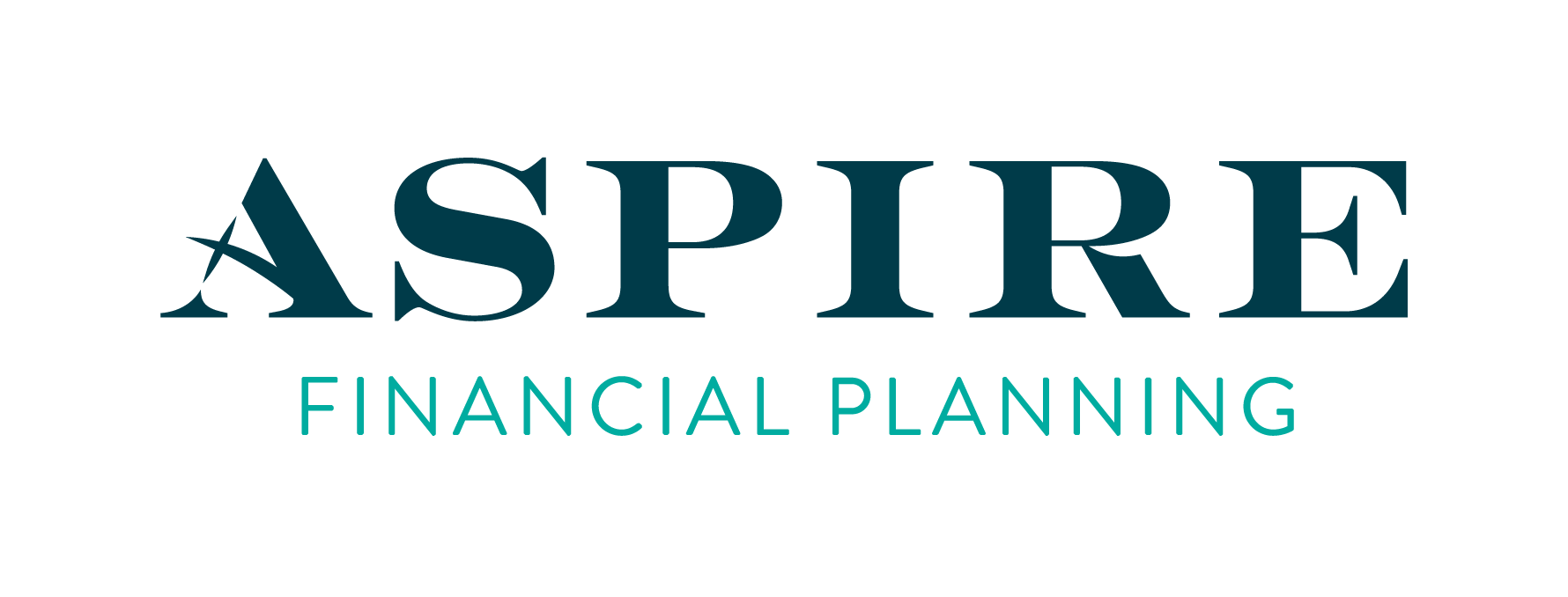Charitable Giving
Living a life of purpose and leaving a legacy does not happen without careful planning.
Our financial planning team and experienced professionals can show you tax efficient strategies seeking to transfer wealth now and in the future.


How can I donate in the most efficient way possible?
There are many ways to give to nonprofit organizations – from dropping off your old couch at Goodwill to volunteering at the local soup kitchen. When it comes to giving money, there are many personal benefits, both emotional and financial.
There are many ways to give to nonprofit organizations – from dropping off your old couch at Goodwill to volunteering at the local soup kitchen. When it comes to giving money, there are many personal benefits, both emotional and financial.
It’s reasonable to want to give in the most tax efficient way possible. After all, the government puts these rules in place for a reason. But beyond thinking of your personal tax benefits, you should also be thinking about the organizations receiving those donations.
Let’s look at one particular giving strategy – the donor-advised fund (DAF) – and how it can help you enrich your giving life.
Donor-Advised Fund – Time Travel Charity
The DAF allows you to do a little time-traveling when it comes to charitable giving. The distributions can come out much later and go in a variety of directions, but the tax benefit is immediate. The money you put in can be deducted immediately, even if it stays in the fund and appreciates for years.
The money isn’t taxed on growth either. As DAFs develop and evolve, custodians are investing and growing the money better. Giving the money to a private foundation incurs a 1 to 2% tax on growth, while the DAF has no capital gains tax. Bottom line: A DAF allows you to give more later while deducting money now.
The time-travel aspect of a donor-advised fund is where financial planning comes in. There are a few different strategies here, but two come to mind.
Bumper-Crop Year
What if you have a particularly flush year? Some of us are in professions with good salaries, but not predictable ones. A loan officer, a farmer/rancher or any commission-based salesperson may have income that varies year over year. Or you may have sold a property or business, whatever it is that puts you in a higher tax bracket.
A “bumper crop” one year may leave you with a spike in salary, which is one of those good problems to have. But the tax-bite might be painful at the time. A donor-advised fund gives you a chance to reduce your tax footprint for the moment while putting your donations away for next year.
For example, you know you will give a monthly allotment to your local homeless shelter, and you know roughly what it’s going to be. You could give two years’ amount into a DAF, take the tax break, and then distribute the money month-by-month as you were going to anyway.
This reduces your tax footprint for your bumper crop and has your next year paid already, because who knows what your profit margin will be in the future.
Bundle of Joy
Following the Tax Cuts and Jobs Act, the standard deduction has gone up to $24,000 for most families, which moves the goalposts for a lot of us when it comes to charitable giving.
Itemizing on your tax return isn’t as helpful as it once was unless you are giving a lot in charitable donations, so one strategy investors employ is bundling. If you have the cash on hand to donate two years’ worth at once – say $20,000 as opposed to $10,000 – that could help you get your itemized deduction over the limit and reduce your tax footprint for that year.
With a DAF, you can put that money in right away and experience the tax relief, then distribute the money over those next two years, whether that’s a weekly tithe to your religious community or to a variety of nonprofits.
Your Giving Assistant
Think of a DAF as your charity assistant. The sponsor in charge of your DAF will help you with the tasks you may not have the time or energy for but are still important.
- Sponsoring organization: Sponsors are 501(c)(3) organizations that invest the donations and manage the accounts. These can range from single-issue nonprofits that support one specific cause, to large, commercial wirehouses that have charitable arms and engage with thousands of different nonprofits. Your sponsor has the legal final word on the details of how funds will be distributed.
- Due diligence: Sponsors make sure the nonprofits you’re involved with are in good standing with the IRS and giving as much as possible directly to the cause.
Helping you find the right organizations: A DAF gives you the space and time to find what works best for your family’s values, and will often support you in finding the best organizations that fit your profile. - A safe place: The DAF will hold and grow the money while you look into which charity works best for you. This could also be used to house the funds while a charity develops. If someone is putting together a nonprofit for a cause you are passionate about, you could hold your donations in a DAF until their organization is ready to receive them.
-
DAF Details
There are a few things to keep in mind with a DAF as well. Just like a foundation, 401(k) or any other financial vehicle, there are rules and regulations.
- Irrevocable: Your donation to a DAF is considered irrevocable – no take-backs.
- Donor-advised: “Advised” is the keyword here. As a donor, you have “advisory privileges,” so you speak your preference on what happens with your donation, but it is not legally enforceable.
- No double-dips: The tax relief from working with a DAF comes on the front end when the money is put into the account. Although you will be involved in the process of distributing when the time comes, you can’t deduct the donation again.
Giving – A Family Occasion
As wealth accumulates, so too does the need to have important financial discussions as a family. Your family’s philanthropic endeavors should be included in those discussions, including the importance and joy of giving.
A donor-advised fund is one of many ways to reinforce these ideals. Perhaps you value education highly, so you connect with the DAF for the family alma mater, or maybe the hospital system that has served your family through generations. Often times, DAFs are connected to religious institutions that your family is part of.
Many families use their DAF to get future generations thinking about philanthropy. Perhaps the grandparents of a family put a certain amount, say $50,000, in a DAF that year. Then the kids or older grandkids are tasked with presenting on different charities that DAF works with.
Votes are taken, and the best presentation gets $20,000 while the others get $5,000. How competitive you make this is contingent on your family dynamic! An even split overall may be better for some families. Then distributions are made accordingly over the next year.
Family is an important factor in the giving process, and no matter how your family chooses to give, we work with you to help you do so in the most efficient way possible – both for your family and the nonprofit organization.
This article is designed to provide accurate and authoritative information on the subjects covered. It Is not, however, intended to provide specific legal, tax, or other professional advice. For specific professional assistance, the services of an appropriate professional should be sought.

